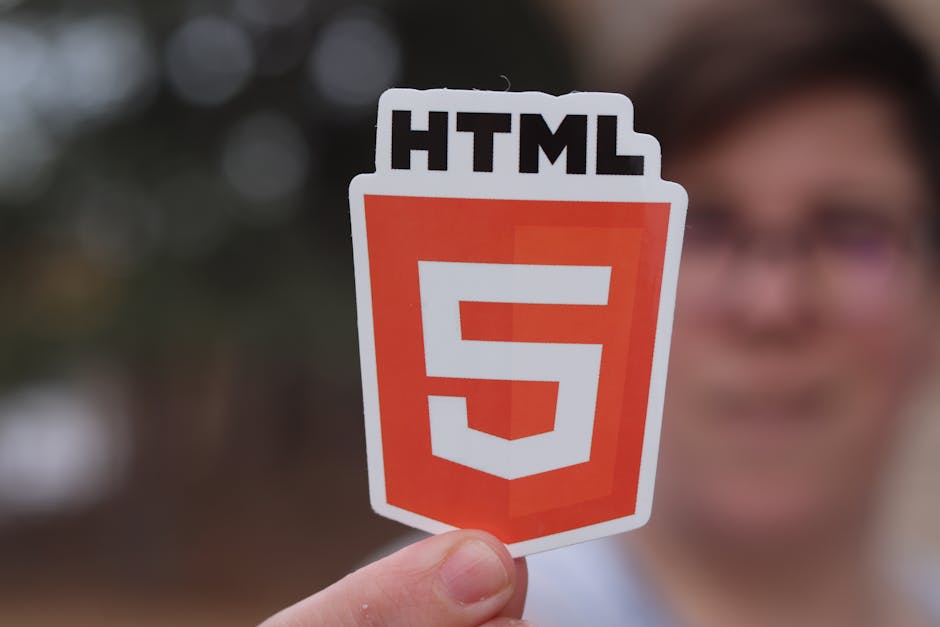Optimizing Blog for Production in 2025
Continuous advances in application stacks and cloud native tooling have redefined what’s considered “production-grade”. For modern Blog environments, high availability, automated scaling, and seamless integrations are baseline expectations. Optimizing your Blog for production in 2025 requires a holistic approach to infrastructure, code, and operational automation.
Key Optimization Areas
- Microservice Architecture: Decompose monolithic Blog backends into lightweight, independently deployable services using Laravel or Magento 2 modules.
- Containerization: Standardize environments with Docker to avoid “works on my machine” issues during deployment.
- Scalable Orchestration: Use Kubernetes for service discovery, rolling updates, and automated scaling of Blog workloads.
- Stateless Deployments: Store session and cache data externally (e.g., Redis, Memcached) to maximize horizontal scalability.
- Auto-healing: Implement health checks and readiness probes for Blog pods on Kubernetes to ensure swift recovery from failures.
Best CI/CD Practices for Deploying Blog Apps
Continuous Integration and Continuous Deployment (CI/CD) pipelines are critical for ensuring rapid, reliable Blog releases. Expert teams automate all steps — from linting and testing to image building and multi-region deployment.
Essential CI/CD Steps for Blog Projects
- Immutable Build Artefacts: Produce Docker images or Laravel/Magento 2 release packages as immutable artefacts for consistency across environments.
- Automated Testing: Run complete unit, integration, and E2E test suites inside containers before promoting Blog images.
- Infrastructure as Code: Provision Kubernetes clusters and cloud resources using Terraform to keep Blog infra version-controlled.
- Deployment Strategies: Employ blue/green or canary deploys in Kubernetes to minimize disruption for Blog users during updates.
- Instant Rollbacks: Automate rollbacks to the last known good release if health checks fail post-deployment.
DevOps with Blog: Scaling, Monitoring, Recovery
Managing the lifecycle of a production-grade Blog app means handling scale and resilience as code, not as afterthoughts. Leverage DevOps best practices to ensure observability and rapid disaster recovery.
Operational Excellence Strategies
- Horizontal Pod Autoscaling (HPA): For Blog workloads on Kubernetes, utilize HPA to adjust resources based on CPU, memory, or custom metrics.
- Centralized Logging: Forward Blog logs to ELK or EFK stacks for aggregation and immediate troubleshooting.
- Proactive Monitoring: Integrate Prometheus and Grafana to monitor Blog application and infra KPIs, with configured alerts for anomalies.
- Automated Backups: Schedule and version snapshots for Blog databases, ensuring point-in-time recovery in case of data loss or corruption.
- Disaster Recovery Scripts: Store and test failover scripts so that Blog restoration is reduced to minutes, not hours.
Security Considerations in Blog Environments
Modern Blog setups must adhere to security by design. Address both supply chain vulnerabilities and runtime risks within application and platform lifecycles.
Must-Do Security Actions
- Container Hardening: Use minimal, non-root Docker images; scan for vulnerabilities with Trivy or Clair before deploying Blog containers.
- Secret Management: Never store Blog credentials in code; instead, use Kubernetes Secrets, HashiCorp Vault, or AWS Parameter Store.
- HTTPS Everywhere: Enforce TLS and HTTP Strict Transport Security across Blog platforms to secure data in transit.
- Third-Party Package Updates: Routinely patch Blog dependencies using automated tools like Dependabot or Renovate.
- Network Segmentation: Isolate sensitive Blog backend resources and restrict access using Kubernetes Network Policies or cloud-native firewalls.
Conclusion
- Optimize Blog for production with microservice architecture, Docker, and Kubernetes orchestration.
- Automate CI/CD workflows for consistent, traceable Blog app releases.
- Apply DevOps scaling, monitoring, and backup best practices for reliability.
- Proactively secure Blog environments from build pipeline to runtime.
- Continuously revisit and modernize your stack using proven SaaS and cloud-native patterns.
Ready to implement advanced practices for your Blog projects? Read more expert guides at
Metvibe Blog.
